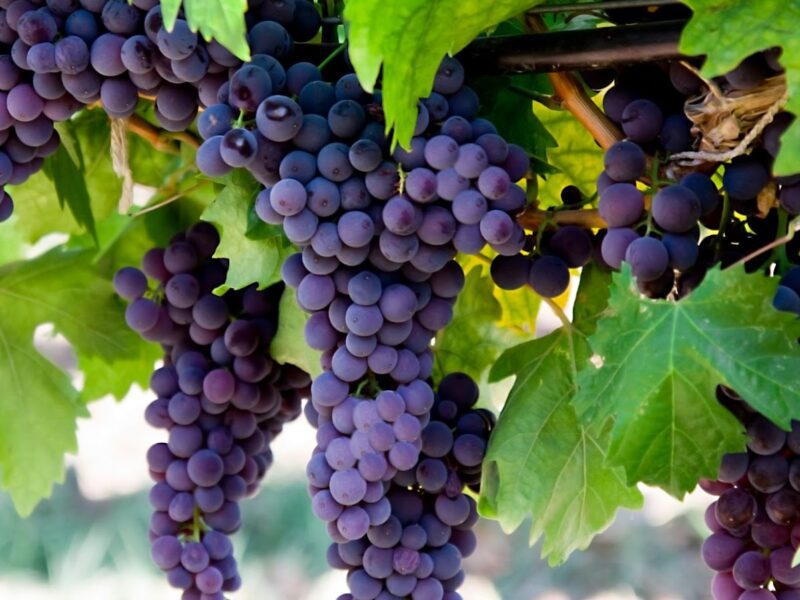There are more than eight thousand varieties of grapes in the world. Each has its fans. It is eaten fresh, used in jams and desserts, dried into raisins, and made into wine. This is because it is so delicious, has so many vitamins, and so many dishes can be cooked using grapes.
So it is excellent that you can buy grapes in almost every supermarket or pre-order them, which will be delivered to your house. So you don’t have to think about how to get some and focus on achieving your first jackpot at pokies games at National Casino.
Historical Notes About Grapes
“Child of the sun and mind” is what it is called—one of the most valuable berries for humans. Thanks to artificial selection over the past few thousand years, more than 8 thousand varieties of these magnificent berries have appeared on earth. It even led to the birth of a unique science of ampelography that studies varieties and types of grapes.
When large grapes are dried with their pits, they are called raisins. Small seedless grapes used to be popularly called sultanas or currants. Sabzi is made from small white sultanas, and raisins of the Sultan variety are made from large white Thomson grapes.
People got acquainted with grapes in the Neolithic era. Grapes attracted people not only with the taste of their berries but also with the ability to make wine. Yeast is perhaps the oldest microorganism “tamed” by humankind. In grape skins, the fermentation process occurs naturally, leading to the invention of alcoholic beverages.

For the first time, grapes and wine are mentioned in the Sumerian epic about the hero Gilgamesh. Ancient Egyptian hieroglyphs say that wine was produced on the banks of the Nile. But it was consumed only by pharaohs and priests. The culture of growing grapes and winemaking was brought to Europe by the ancient Greeks in the Minoan era. In ancient times, in southern Italy, wine began to be produced in the Greek colonies.
Later, the Etruscans learned the art of winemaking from the Greeks, who improved the winemaking technique and began exporting wine outside the Mediterranean basin. Having received knowledge about winemaking culture from the Etruscans, the ancient Romans continued to improve the ancient art. Grapes are also mentioned in the Old Testament.
Grapes contain silicic, salicylic, tartaric, citric, succinic, formic acids, and vitamins of groups B, A, C, P, PP, and K.
Species and Varieties
There are more than 8 thousand varieties of grapes in the world. All grape varieties are divided into a table, wine, and drying. However, there are also universal ones used both for wine production and fresh consumption.
Table grapes are eaten fresh. These large fragrant berries, not sour or cloying in taste, are not only a great decoration for any table but a delicious dessert that goes well with cheeses and other berries and fruits.

At first glance, wine (technical) grape varieties do not have an exquisite appearance; they have small clusters and small berries. But wine from industrial types is often superior in quality to a similar product made from table grapes. The best wines are made from grape varieties of the European species Vitis vinifera.
Drying grape varieties are much less expensive than table and technical ones. The grapes of these varieties have berries with thin skins, high sugar content, and moderate acidity. Raisins are made from them, both with and without seeds.
Tips For Cooks
In addition to being used in winemaking, grapes are eaten fresh. Various jams, juices, vinegar, medicines, extract, and oil from grape seeds are made from them.
Most of the red grape juice in the bags is made from the American Concord variety, and the white is made from Chasselas.
There is an interesting old way of serving raisins as a dessert. Before use, it is soaked for 20 minutes. In rum or cognac and served. Grape leaves are also eaten. They make such a delicious dish as dolma.










